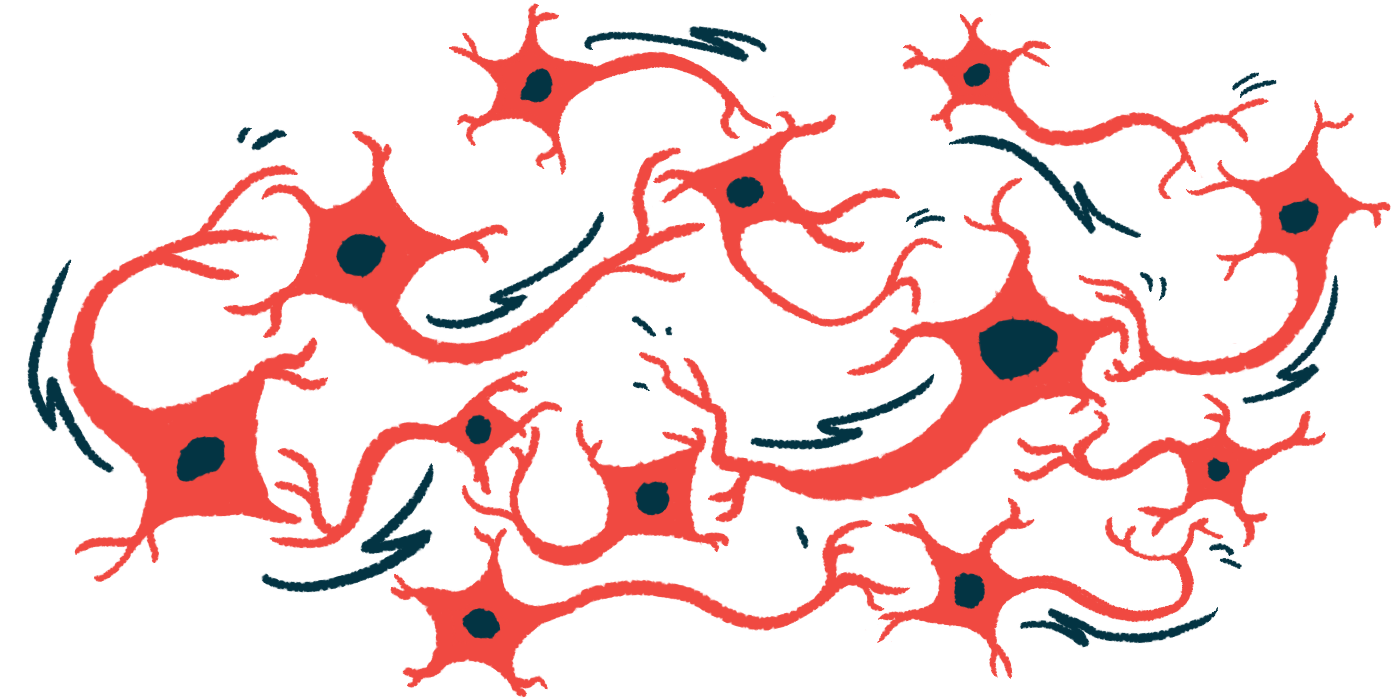Magnetic spheres deliver gene editing tool to Rett stem cells
Approach could be used in stem cell therapy for genetic diseases
Written by |

Researchers used tiny, magnetic spheres to deliver a gene editing toolbox into stem cells prepared from a patient’s skin sample and correct a genetic mutation known to cause Rett syndrome.
When the edited stem cells were given cues to turn into neurons (nerve cells) in the lab, they looked and behaved much like healthy neurons would, perhaps because they produced some amount of MeCP2, the protein missing in Rett syndrome.
The approach has “potential for various clinical applications,” the researchers wrote in their study, “Magnetic Nanoparticle-Assisted Non-Viral CRISPR-Cas9 for Enhanced Genome Editing to Treat Rett Syndrome,” published in Advanced Science.
Rett syndrome is usually caused by a mutation in MECP2, a gene that carries the instructions needed to produce a protein needed for the brain to develop normally. A shortage of the MeCP2 protein interferes with how neurons function, causing Rett symptoms.
Gene editing tools like CRISPR/Cas9 are used in research and clinical settings to remove, add, or modify pieces of DNA with the goal of treating genetic diseases like Rett syndrome. However, it can be a problem to deliver those tools in an efficient and precise manner.
Gene editing tool uses magnet to steer nanoparticles
Researchers from the U.S. and South Korea teamed up to develop a new approach, which they called Magnetic Nanoparticle-Assisted Genome Editing (MAGE). The approach uses a magnetic field to drive CRISPR/Cas9 into a target.
They adhered CRISPR/Cas9 onto tiny, magnetic spheres known as nanoparticles, each containing a core made of zinc and iron. CRISPR/Cas9 was sandwiched between two protective layers of polyethylenimine, a large molecule that also helps with delivery.
Using a magnet, the researchers were able to steer the CRISPR/Cas9-containing magnetic nanoparticles toward and into stem cells prepared from the skin of a Rett patient. Then they sorted the stem cells that had the magnetic nanoparticles inside.
The patient carried a nonsense mutation in the MECP2 gene, where a single DNA building block was replaced with another. The mutation resulted in a shortened MeCP2 protein, called Q83X, that was nonfunctional and broke down within cells.
CRISPR/Cas9 uses RNA to guide a protein called Cas9 to a specific location in a DNA sequence. The protein then cuts open the DNA to remove one or more of its building blocks. To help correct the mutation in MECP2, a blueprint for the healthy gene was also included.
Using their approach, the researchers achieved a delivery rate of 99.3%, meaning that nearly all stem cells received the gene editing toolbox. The editing process had a 43% success rate, with few errors and few cuts in off-target locations.
The patient’s stem cells were grown into neurons in the lab. Compared with unedited, Q83X neurons, the edited neurons grew up to 16.7% more and 76.2% longer neurites, the projections that conduct electrical impulses away from a neuron’s body so it can communicate with other cells.
Calcium flows in and out of neurons to control the release of signaling chemicals. Calcium signals are detected as waves, or spikes. Unlike the Q83X neurons, which showed abnormal calcium signals, the edited neurons had their calcium spikes restored, as in healthy neurons, indicating “functional recovery.”
“While we did not achieve 100% editing efficiency,” the researchers wrote, some unedited neurons adopted healthier behavior when grown alongside edited neurons, perhaps because edited neurons secreted exosomes, tiny, sac-like structures.
In the MAGE approach, a patient’s stem cells are prepared, “then edited in a controlled laboratory setting, and finally … reintroduced back into the patient,” the researchers wrote. “Importantly, therapeutic benefits can be achieved without correcting every mutated cell.”
While it is still early to know if the approach would succeed in the clinic, its use could “extend beyond addressing Rett syndrome, as it can be harnessed for a wide range of clinical applications, especially in stem cell therapy for genetic diseases,” the researchers concluded.






